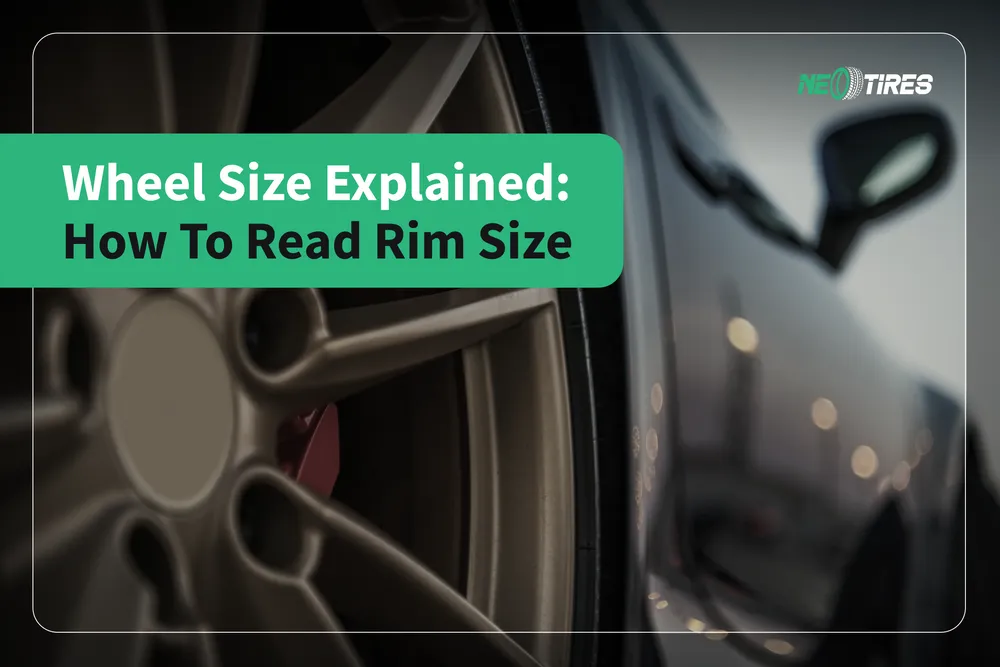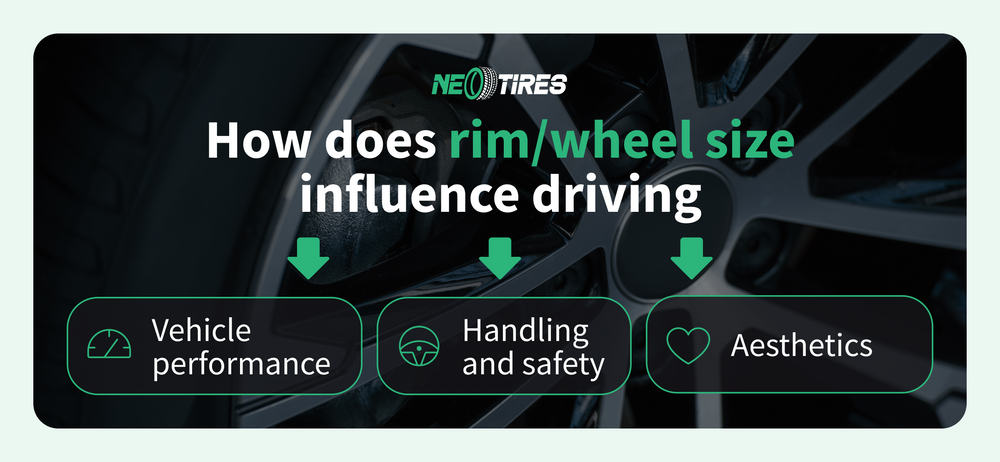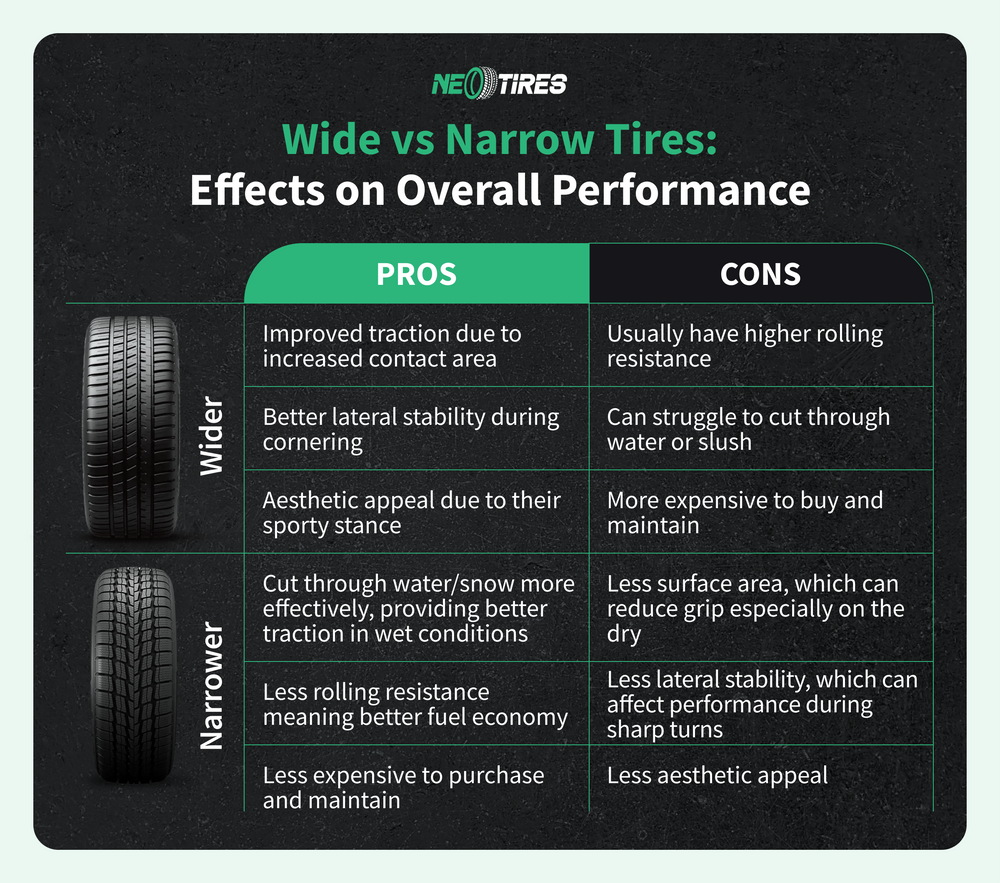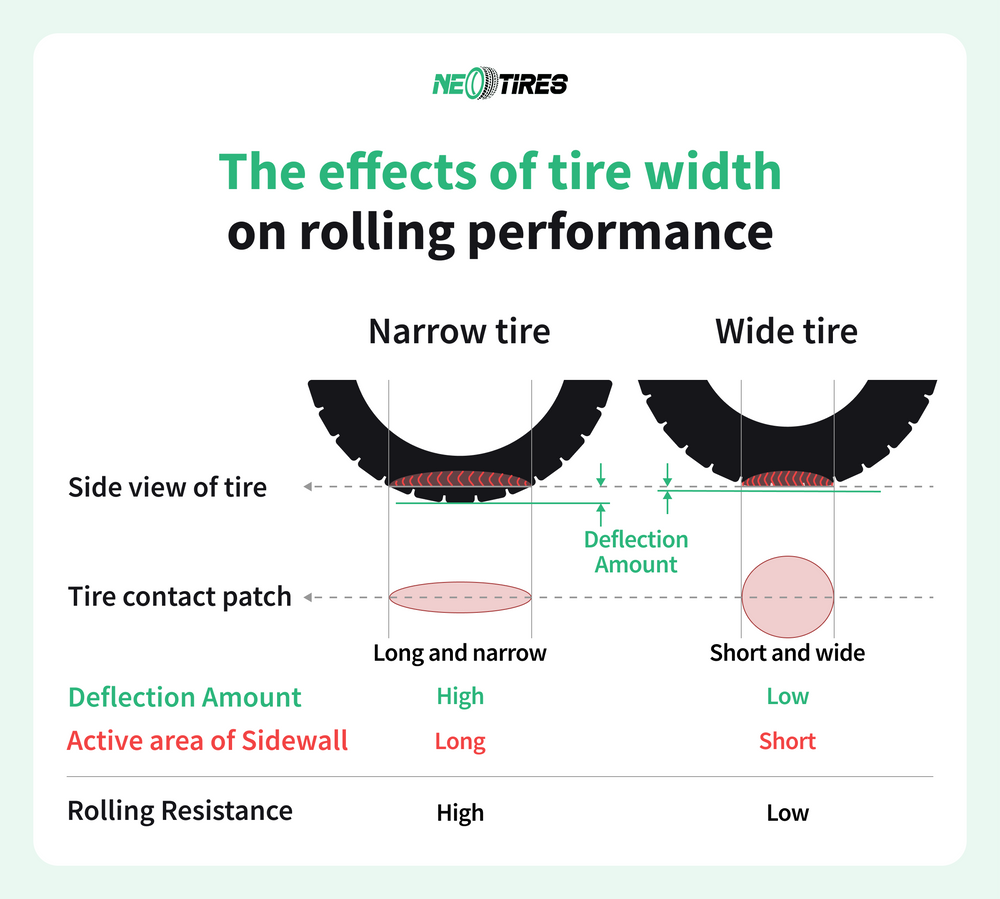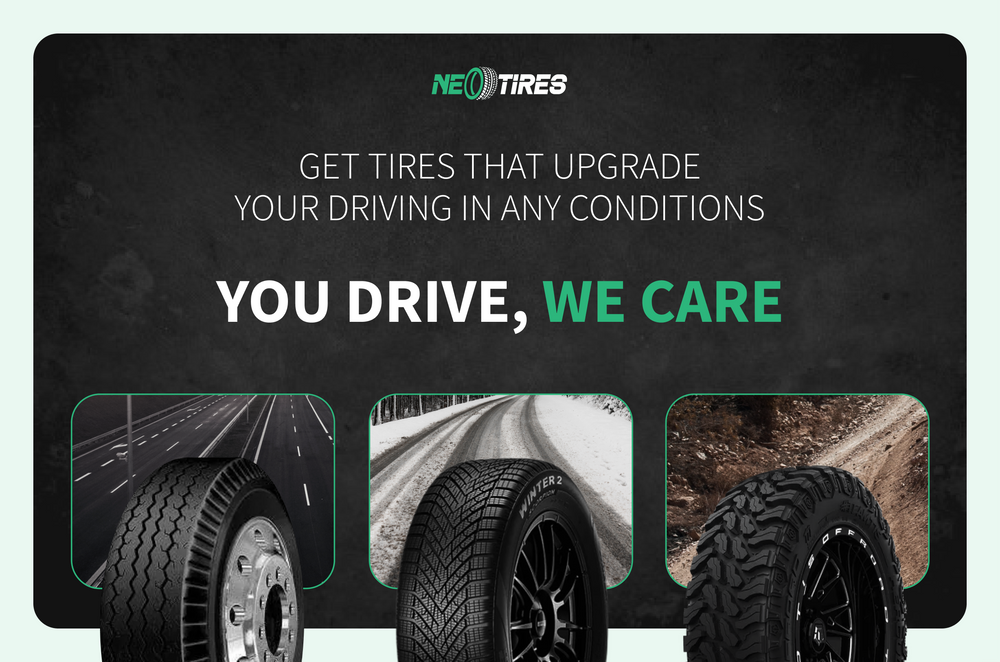Correctly interpreting your vehicle’s wheel size is crucial for its safety and optimal performance. This section will address this subject, particularly the rim size, an indispensable component of this topic. At the end of the article, you should know better why wheel and rim sizes matter, their particularities, and how drivers should choose the right size for the best vehicle performance.
Wheel Size: Why Does It Matter?
The wheel size determines the vehicle's performance, handling/ safety, comfort, fuel efficiency, off-road capabilities, and aesthetics. Due to their wider footprint, larger wheels typically deliver better stability. Smaller wheels provide lower rolling resistance, offering better fuel economy.
Are Bigger Wheels Better For Performance?
Larger wheels featuring a larger width and diameter bring more firmness and higher responsiveness. Wider wheels increase control in cornering maneuvers and deliver better traction and grip. Larger wheels are the favorite for drivers of high-performance cars.
On the other hand, narrower-sized wheels are generally lighter and less expensive, contributing to lower rolling resistance and decent acceleration. Drivers should choose the wheel size that best meets their needs and balances performance and safety.
How Does Wheel Size Affect Handling?
Wheel size influences how the vehicle reacts to the driver's inputs and grips on the road. It also impacts overall driving dynamics and handling. Smaller wheels offer better comfort and easier maneuverability but compromise traction and cornering precision. Larger wheels, due to their more complex construction, deliver better cornering stability and more precise response but can provide a stiffer ride.
The wrong wheel size can lead to uneven tire wear, severe handling issues, suspension and alignment defects, incorrect speedometer readings, fuel inefficiency, and, most importantly, safety risks.
Does Bigger Wheel Size Influence Car Aesthetics?
Yes, the size of a vehicle's wheels influences its aesthetics and visual appeal. Drivers generally consider larger wheels bolder, sportier, and more aggressive. Smaller ones, on the other hand, are a classier option. Whether you choose large wheels for a more temperamental look or smaller wheels for an understated style, it is essential not to exceed the size recommendations provided by your vehicle manufacturer.
Rim Size Explained: What is Rim Size?
Rim size refers to the diameter of the inner circle of the wheel on which the tire is mounted. The rim size is essential in determining the appropriate tire fitment. The diameter of the rim size is generally presented in inches, and drivers should consider this when choosing tires to ensure proper performance and alignment.
How To Read Rim Size?
The rim size is shown on the tire sidewall, along with other important information like tire width, type, load and speed ratings. The rim size stands between the tire construction type and load index and is expressed in inches. For example, the rim size of a "P 215/65 R 15 89 H" tire is 15 ''. This number (15) talks about the diameter of the rim, which is measured from one edge to another, passing through the center.
The number "215" in the example refers to the width of the tire measured from the inner edges of the wheel to the outer. While often confused, wheel size refers to the total size of the wheel, including the rims and the tire, while the rim size is limited only to the metal wheel without considering the tire.
Can You Change Your Wheel And Tire Size?
Yes, wheel and tire sizes can be changed to ensure compatibility and consider the manufacturer's recommendations. Before making the change, aspects like diameter compatibility, aspect ratio and width, bolt pattern and wheel offset, load and speed ratings, suspension, and braking should be carefully analyzed.
Drivers should consider potential performance impacts and suspension adjustments, especially if switching to significantly larger wheels. Ignoring these aspects can trigger a series of adverse handling and mechanical effects. If considering a wheel size change, consult a car professional to ensure maximum safety and minimum side effects.
Official References and Tire Brand References
Most reputable brands, such as Goodyear, Michelin, and Bridgestone, confirm the importance of choosing the correct rim-wheel-tire size. This is essential for ensuring optimal and safe performance. Moreover, rim and tire size compatibility is crucial for achieving full vehicle potential without sacrificing functionality and handling.
The NHTSA highlights that proper tire and wheel sizing is a fundamental aspect of reducing the annual accident statistics across the US. Additionally, tire dealers and sector experts caution against mixing tire sizes and brands on the same vehicle. The Tire Industry Association (TIA) advises against mixing tires and wheels of different sizes, tread patterns, and brands. This can lead to uneven wear, decreased traction, compromised handling, and other driving risks threatening the driver's safety.
Find the Perfect Tire Fit with NeoTires
Understanding wheel dimensions' influence on vehicle performance and safety is essential. If you need guidance matching your rim size with your tires, feel free to contact our trained assistants.
At NeoTires, we offer a wide selection of tires in various sizes to perfectly match your wheel specs. Shop with confidence, or call us for guidance to get the correct fit for optimal performance.
Why Trust Us?
The NeoTires team has a deep knowledge of the tire industry and is an expert in providing high-quality products and reliable service. We aim to improve every motorist's driving experience while remaining independent from product and brand advertising. The editorial in our blog is based exclusively on customers' interests.
The NeoTires pillars are based on:
- Wide Product Selection: so that our customer can choose according to their budget and preferences;
- Expertise: so that our customer receives unbiased, validated, truthful recommendations and guidance;
- Quality Assurance: so that our customers can benefit from products validated by quality certifications that confirm the industry standard;
- Competitive Pricing: because we want our customers to make a long-term investment in safety and performance;
- Trustworthiness: as we pursue a long-term relationship with our clients based on integrity and reliability.
You can read more about our philosophy and see what our clients say about us on TrustPilot. Drive safe and choose your tires wisely!




